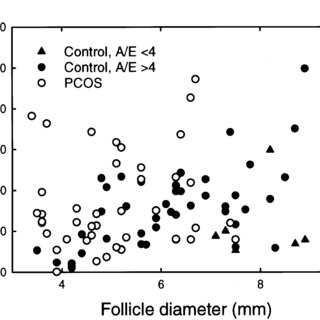September 1998
·
15 Reads
·
98 Citations
Human Reproduction
The purpose of this investigation was to examine the influence of female and male patient age on pregnancy rates with sequential clomiphene citrate (CC) and human menopausal gonadotrophin (HMG) ovulation induction with intrauterine insemination (IUI) therapy after previous CC and IUI treatment failure. A total of 208 patients previously unable to conceive with CC/IUI therapy underwent 416 treatment cycles of sequential CC/HMG with IUI at a university fertility centre between May, 1991 and August, 1995. Clinical pregnancy rates, live birth rates, and the effect of female and male partner chronological age were retrospectively examined. Treatment with sequential CC/HMG with IUI resulted in clinical pregnancy rates ranging from 5.9 to 23.1% despite previous CC/IUI treatment failure. Clinical pregnancy rates, live birth rates, and cumulative pregnancy rates declined significantly in female patients > or = 35 years of age compared to those < 35 years of age. A statistically significant decline in clinical pregnancy rates could not be demonstrated as a function of increasing male partner age. Pregnancy rates in patients undergoing ovulation induction with sequential CC/HMG with IUI decline significantly with increasing female partner age.




![Figure 4. Reverse transcription-polymerase chain reaction (RTPCR) assay for human P450 AROM mRNA. Increasing concentrations of linear full-length human aromatase cDNA (Corbin et al., 1988) were amplified by PCR using specific primers and incorporating [α-32 P]-dCTP. A specific control cDNA that was modified by site-directed mutagenesis to introduce a unique PvuI site was included in the amplification reaction. The amplification products were digested with PvuI and separated on a 2% agarose gel (A). The native (540 bp) and control (267 and 275) bands were excised from the gel and counted in a β-counter. (B) represents the radioactivity present in the native band as a function of the amount of P450 AROM cDNA initially added to the reaction after normalization to the control bands to control for variations in PCR amplification.](https://www.researchgate.net/profile/Artur-Jakimiuk/publication/51306663/figure/fig4/AS:601703837601830@1520468782915/Reverse-transcription-polymerase-chain-reaction-RTPCR-assay-for-human-P450-AROM-mRNA_Q320.jpg)




